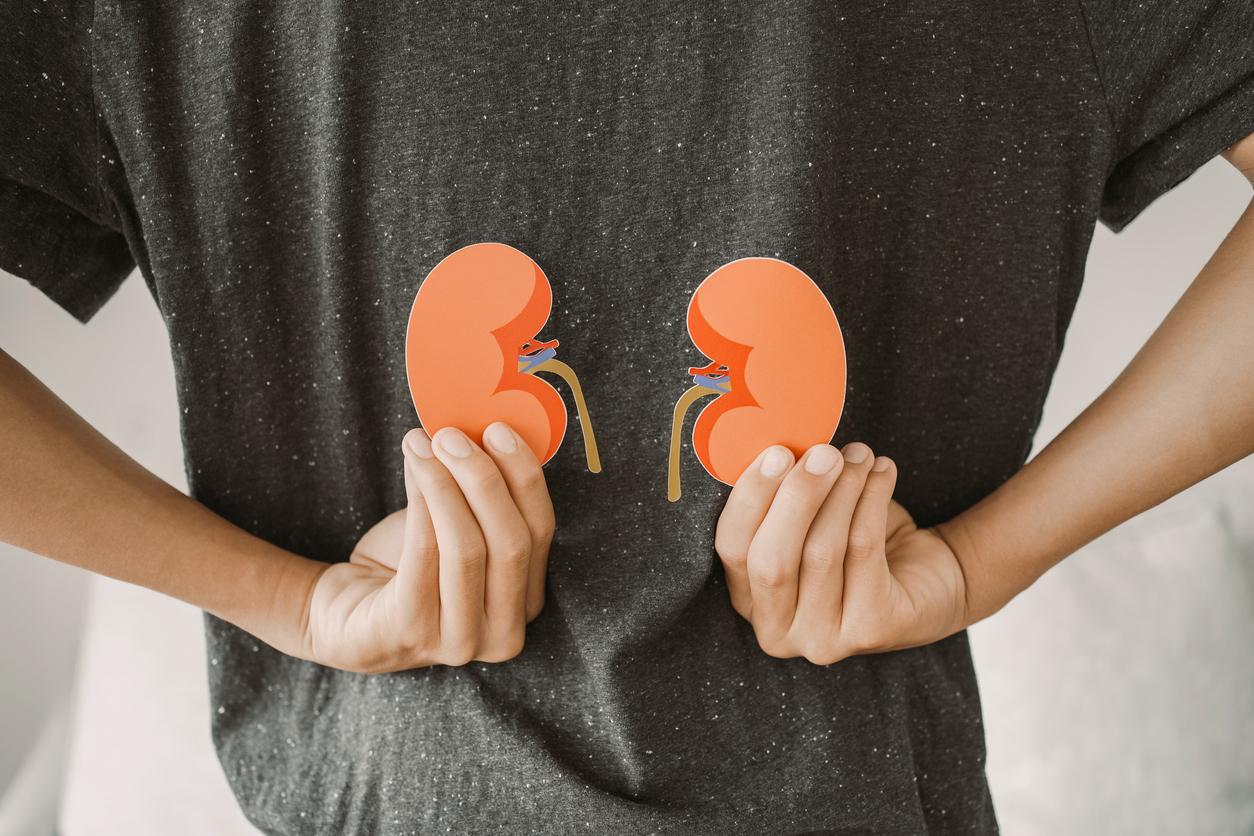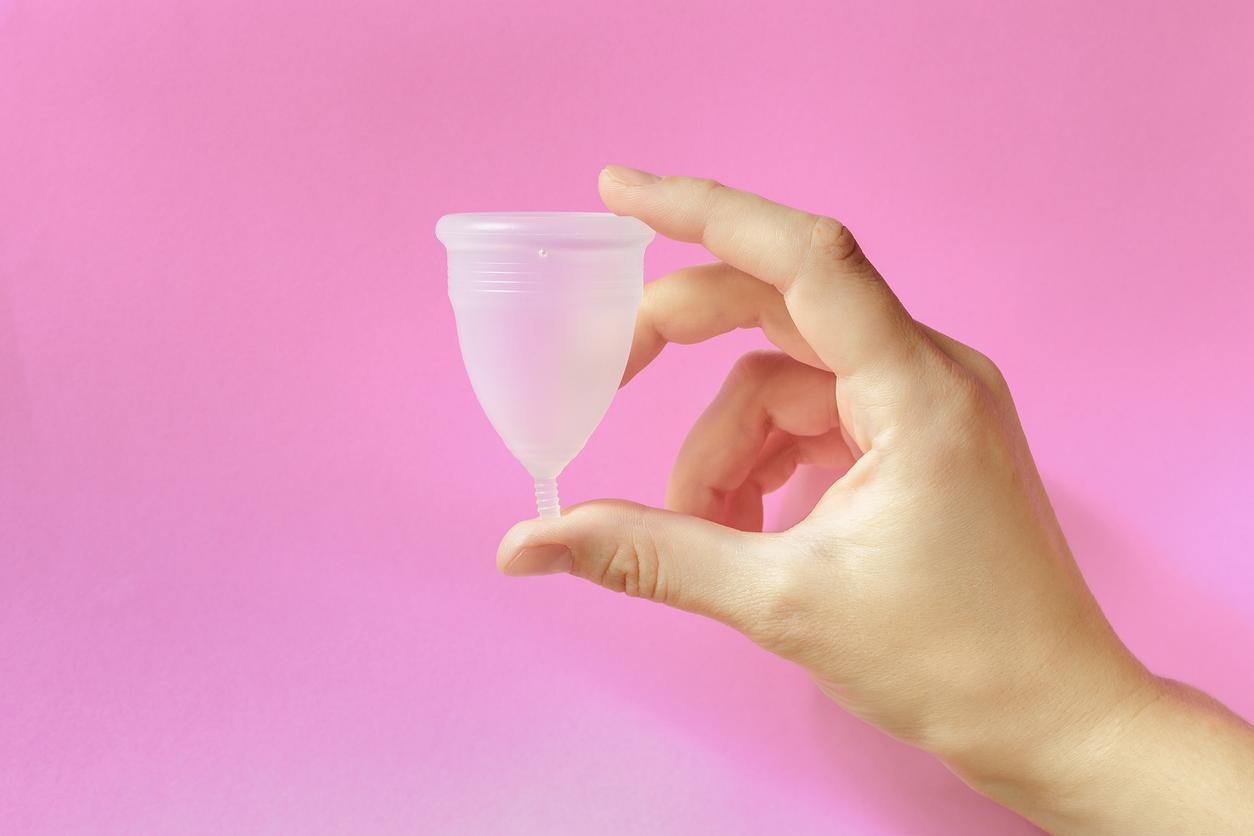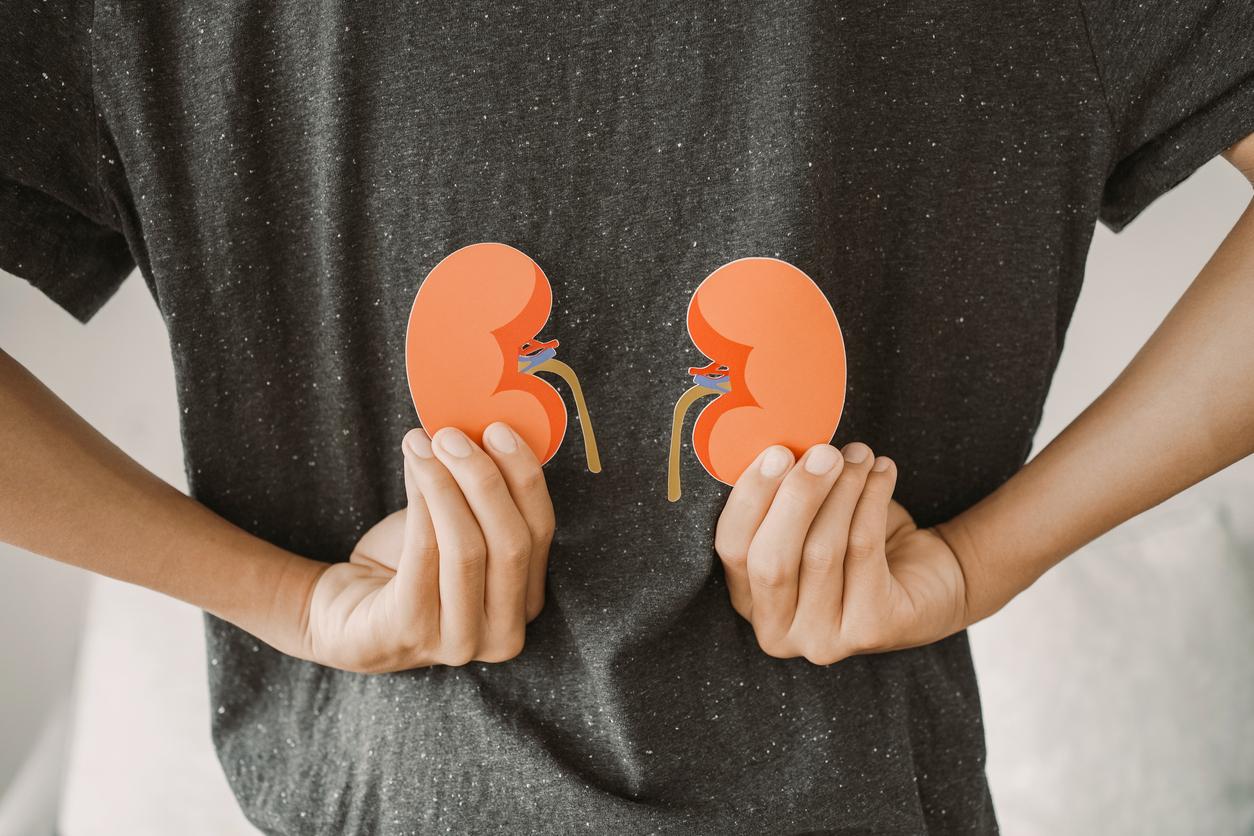Living kidney donors are at greater risk of spinal fractures later.

- Kidney donation is done for people with chronic kidney failure.
- More and more people are donating their kidneys during their lifetime.
- This operation is not without risk: it increases the risk of spinal fracture afterwards, according to a new study.
According to a new investigationkidney donors have a greater risk of spinal fractures.
“This is a sharply increasing trend. Every year, around 30,000 people around the world donate their kidneys during their lifetime. In the United States alone, for example, 187,184 people have achieved this special status out of the 459,849 transplants carried out since then. 1988”, explain the researchers in the introduction. “But kidney donation is not without health risks,” they specify.
So they wanted to know “what was the long-term risk of global and localized fractures in living kidney donors”.
“Overall fracture rate lower among kidney donors”
To answer their question, they conducted a new study between December 1, 2021 and July 31, 2023. A total of 5,065 living kidney donors from 3 large transplant centers in Minnesota were invited to complete a survey about their health bone and their history of fractures. 16,156 non-donor controls with no history of comorbidities responded to the same survey. A total of 2,132 living kidney donors and 2,014 non-donor controls comprised the final study cohort. Statistical analyzes were carried out from May to August 2023.
“In this study, the overall fracture rate was significantly lower in donors than in controls. However, there were significantly more vertebral fractures in donors than in controls,” report the researchers.
“This study indicates that although the overall rate of donor fractures is low, reductions in kidney mass and prolonged hyperparathyroidism may predispose living kidney donors to bone loss and vertebral fractures,” they continue.
“Treating this problem with dietary supplements such as vitamin D3 may reduce the number of vertebral fractures and donor morbidity,” they recall in conclusion.
How does living kidney donation work?
Today, kidney donation is done for people with chronic kidney failure, which can gradually progress to end-stage chronic kidney failure.
“Kidney transplantation from a living donor is the best therapeutic option and donation is possible at any time. It is not a solution of last resort,” specifies the biomedicine agency.
To meet patient expectations and encourage this type of registry, the law of bioethics of July 7, 2011 expanded the circle of living organ donors who can be the father or mother, a son or daughter, a brother or sister of the recipient, his spouse, his grandparents, his uncles or aunts, his first cousins as well as the spouse of the father and mother.
“The donor can also be any person providing proof of living together for at least two years with the recipient as well as any person who can provide proof of a close and stable emotional bond for at least two years with the recipient” , indicates the biomedicine agency.


















